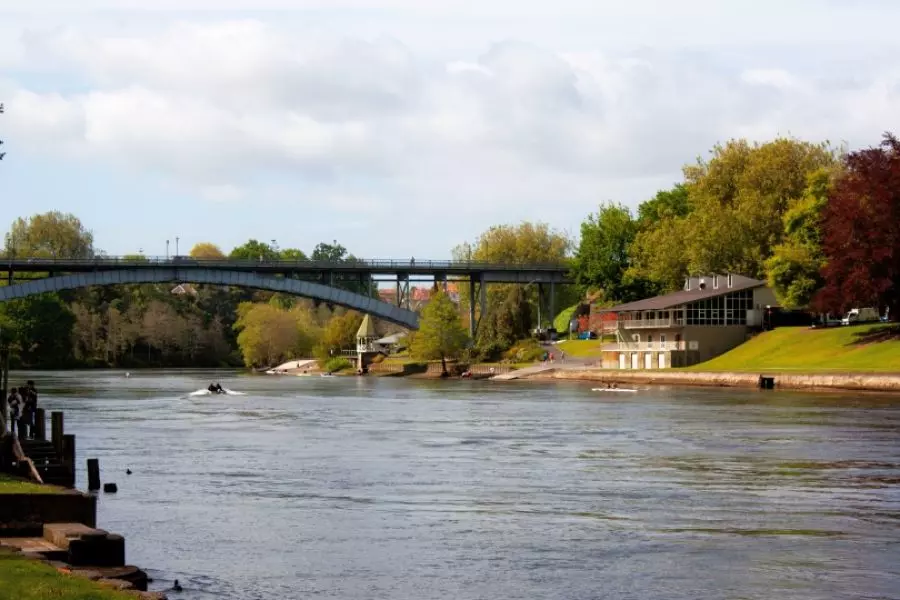News
Hamilton not cheap, affordable

Friday 31st of October 2014
Hamilton, says Mayor Julie Hardaker, is like a teenager. It’s about to grow out of that slightly awkward, insecure phase - and shoot up into a productive, exuberant city with a strong sense of identity. And Hamilton’s growth spurt isn’t just a reflection of national economic strength; the local economy is punching well above its weight.
The mood among local...
Want to read the full article?
Click the button below to subscribe and will have unlimited access to full article and all other articles on the site.
8 min read
10 min read






![[The Wrap] Bye Bye Bayly](https://goodreturns.publit.io/file/c_fill,w_900,h_600/39f23ac1-f7c7-4854-b700-a150004ebbac.webp)


